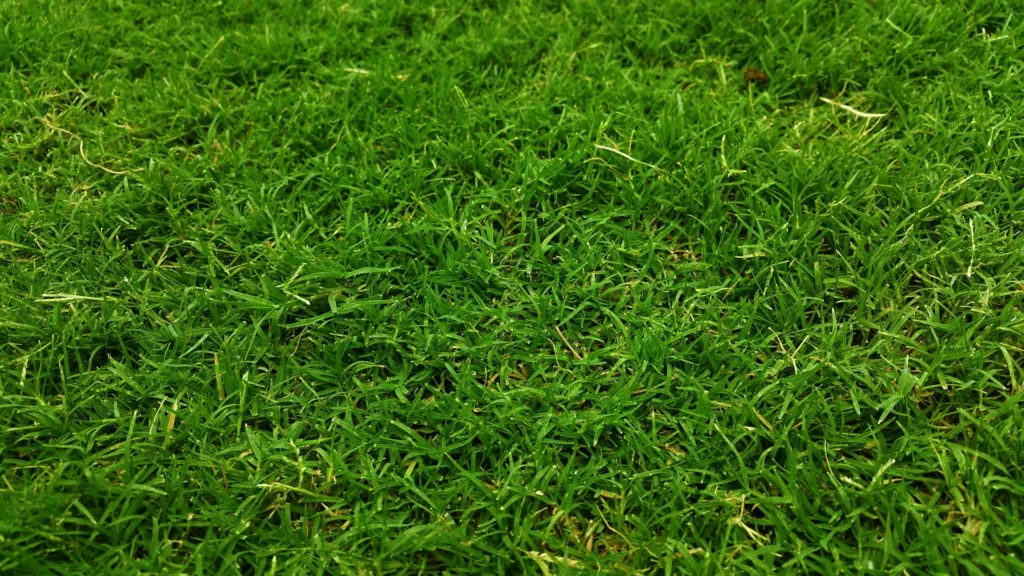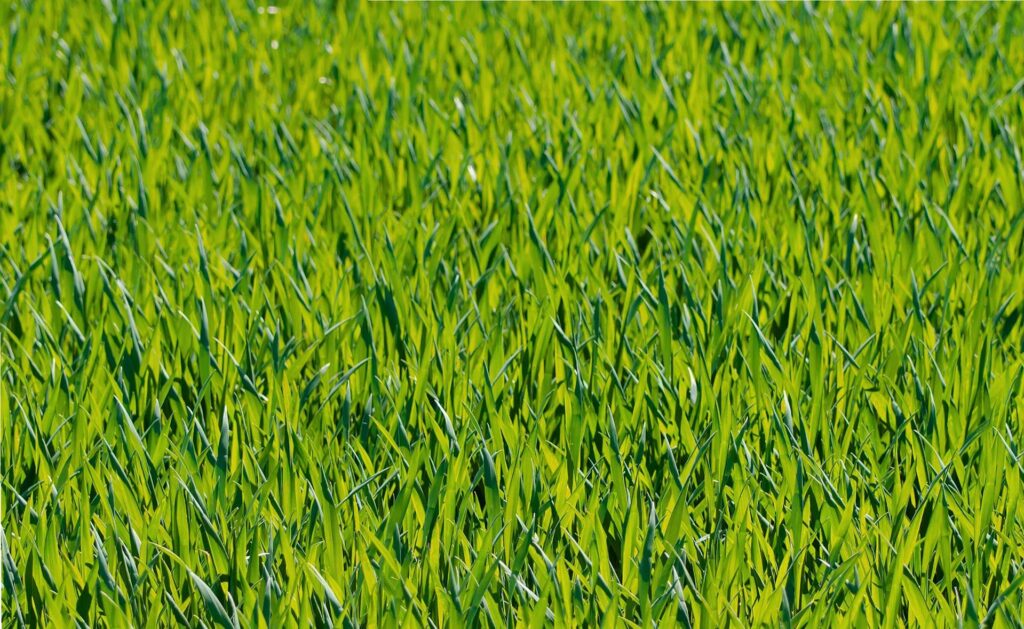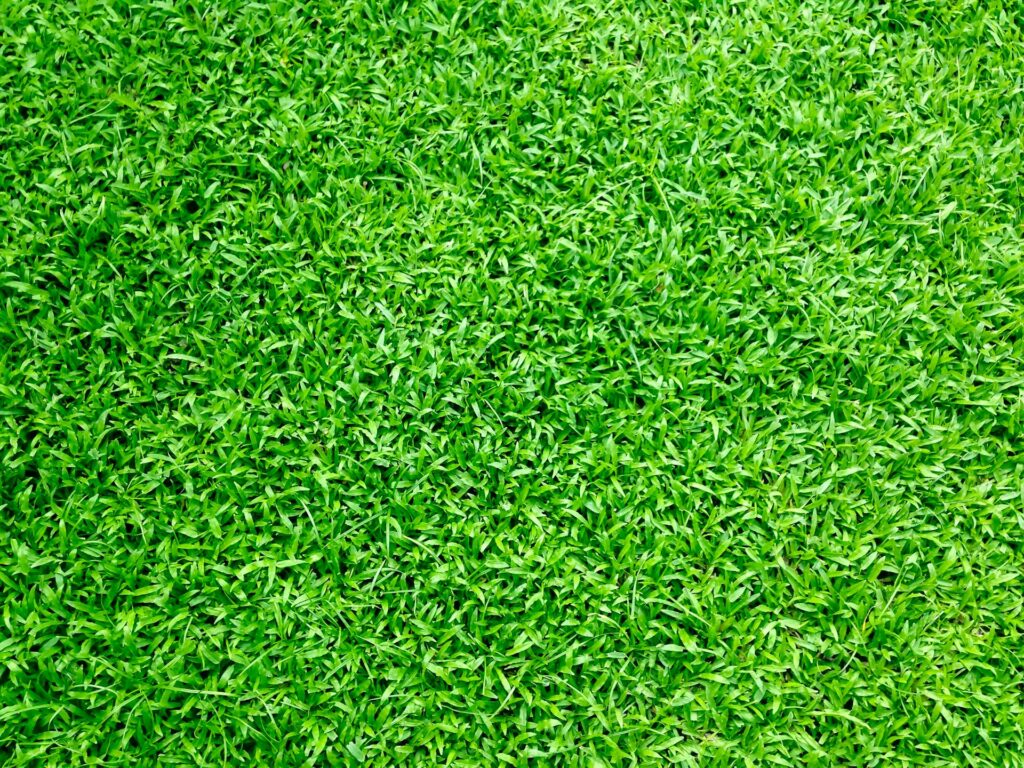
How to Get Uniform Grass in Ohio & Michigan?
Cracking the Code of Uneven Lawn Greening
Every homeowner dreams of a lush, uniformly green yard, but nature often has other plans. You might notice some areas bursting with vibrant growth while others stubbornly lag behind. This uneven greening is a frustrating puzzle with multiple pieces.
Some factors are environmental givens. Others offer opportunities for change. Let's explore what really determines your lawn's coloration and how to get uniform grass in Ohio and Michigan.
Why Do Some Yard Areas Green Up More Quickly?
A handful of elements impact how fast (and how well) the grass becomes a lush green for homeowners in Michigan and Ohio.

You May Not Be Able to Control
Grass genetics
Not all turf is created equal. Cool-season varieties like fescue and ryegrass spring to life earlier in mild temperatures, while warm-season types such as Bermuda and St. Augustine prefer hotter conditions. If your lawn contains mixed grass species, this natural variation in growth cycles will inevitably create a patchwork effect during seasonal transitions.
Water distribution
Microclimates within your yard create moisture inconsistencies. Sun-baked zones lose hydration rapidly, demanding more frequent watering. Shaded areas beneath trees or structures retain moisture longer. Compaction from regular foot traffic further complicates matters by preventing proper water penetration, so some grass roots are always thirsty.
Soil chemistry
That yellowing patch is likely crying out for nutrients. Nitrogen deficiency frequently causes pale, sickly grass, and iron shortages in alkaline soils can create unnaturally light "bleached" areas. Without proper soil testing, these deficiencies often go untreated.
Amount of light
Sunlight fuels chlorophyll production. That’s the magic behind your grass’ rich green color. Shaded grass grows more slowly and often appears darker as it stretches for limited light. Meanwhile, turf receiving full sun typically shows brighter, more vigorous growth.
Temperature variations
Notice how grass near concrete surfaces greens up first? These "heat sinks" warm the surrounding soil faster than open ground. Soil temperature really affects growth. Warm-season grasses thrive between 60-85°F, while cool-season varieties prefer 50-75°F. Outside these ranges, grass struggles to utilize nutrients effectively.

Here Are Proactive Steps to Get Uniform Grass
These strategies can dramatically improve your lawn's color and consistency:
- Contact NexGreen
- We target weeds, pests, and fungal diseases that can cause discoloration
- We fertilize strategically during peak grass growing periods
- We can improve your soil health through aeration, soil amendments, and more
- Optimize Your Environment
- Prune overhead branches to increase sunlight penetration
- Rotate lawn furniture and play equipment to prevent dead zones
- Create designated pathways to minimize soil compaction
- Mow the Right Way
- Maintain species-appropriate cutting heights
- Leave nutrient-rich clippings on the lawn
- Follow the 1/3 rule: Never remove more than one-third of blade length
- Water Well
- Water deeply but infrequently to encourage drought-resistant roots
- Adjust sprinkler patterns to account for sun/shade differences
- Supplement automated systems with hand-watering for trouble spots
- Limit Pet Damage
- Immediately spray pet urine with water to prevent nitrogen burns
- Train dogs to use designated bathroom areas with pet-friendly mulch
How Do You Get Uniform Grass? Call NexGreen!
Our team specializes in creating customized lawn care programs that address your yard's unique challenges. Ready to unlock your grass's full potential? Get in touch with the professionals at NexGreen.
We offer lawn care services in Ohio communities around the areas of Westerville, OH and Columbus, OH. We also provide pest control and lawn care services in Michigan for areas near Sterling Heights, MI and Rochester Mills, MI.
No matter your location, in Ohio or Michigan, we offer customized plans to keep your lawn green and gorgeous. Call us now!
